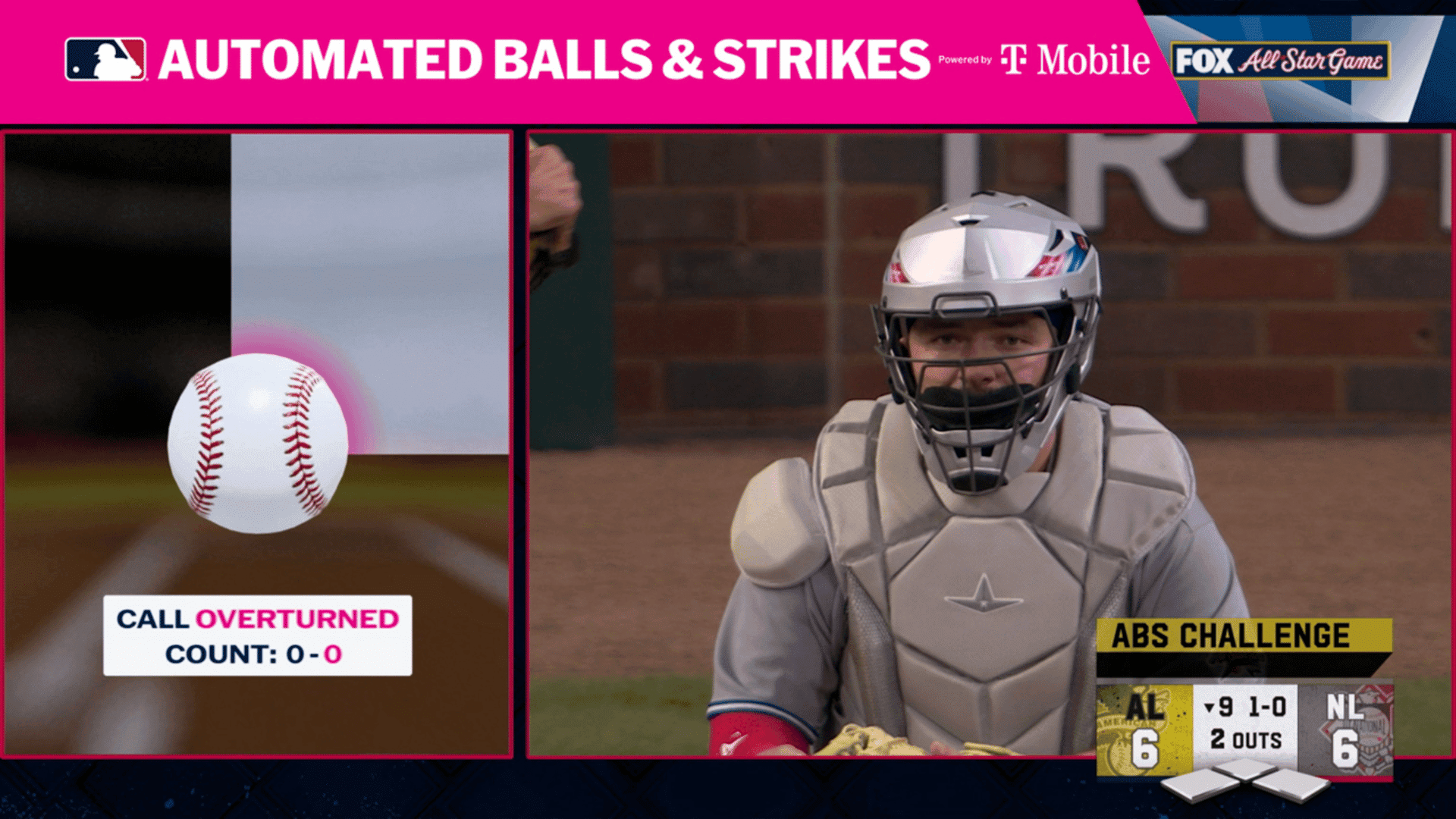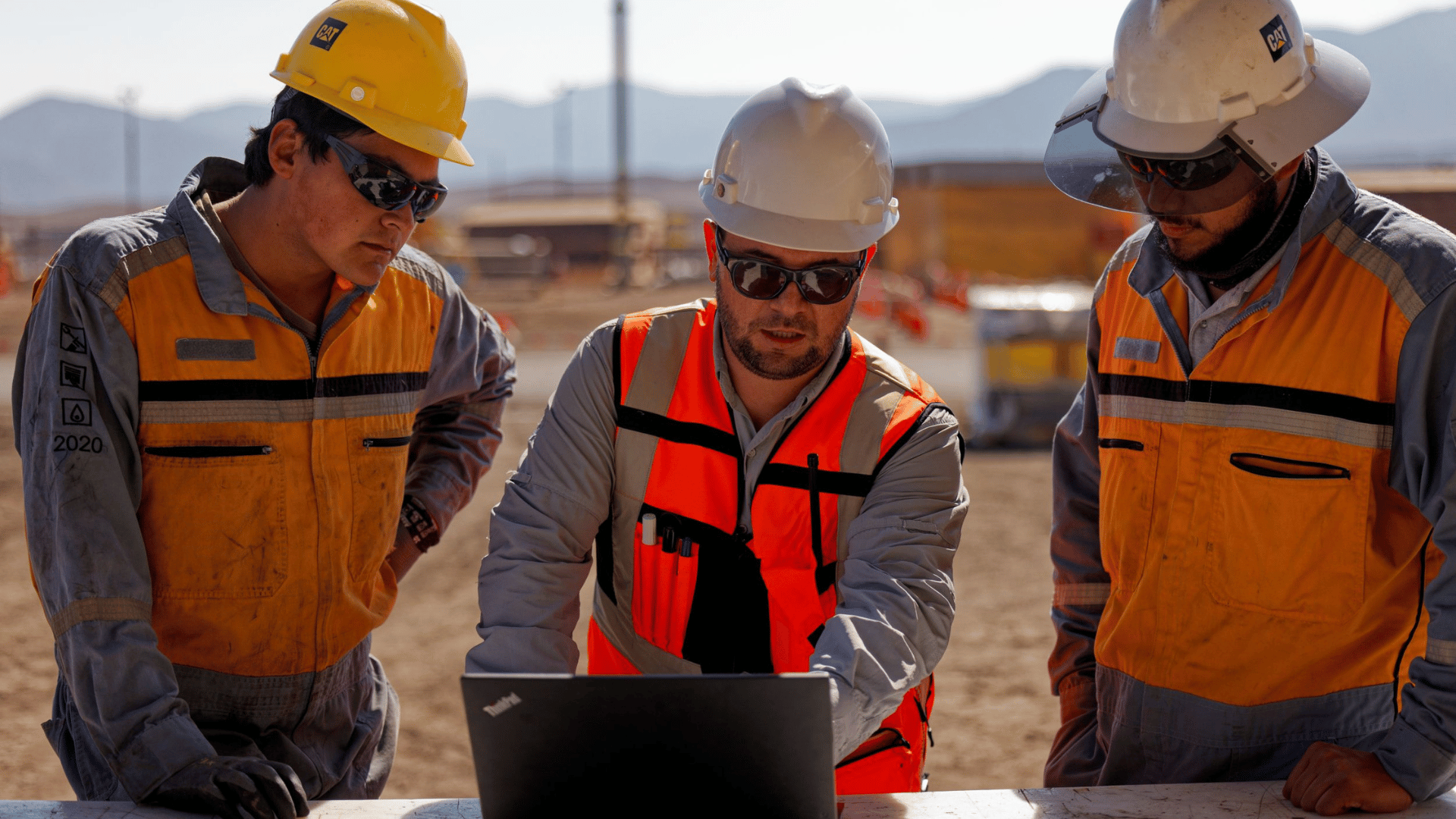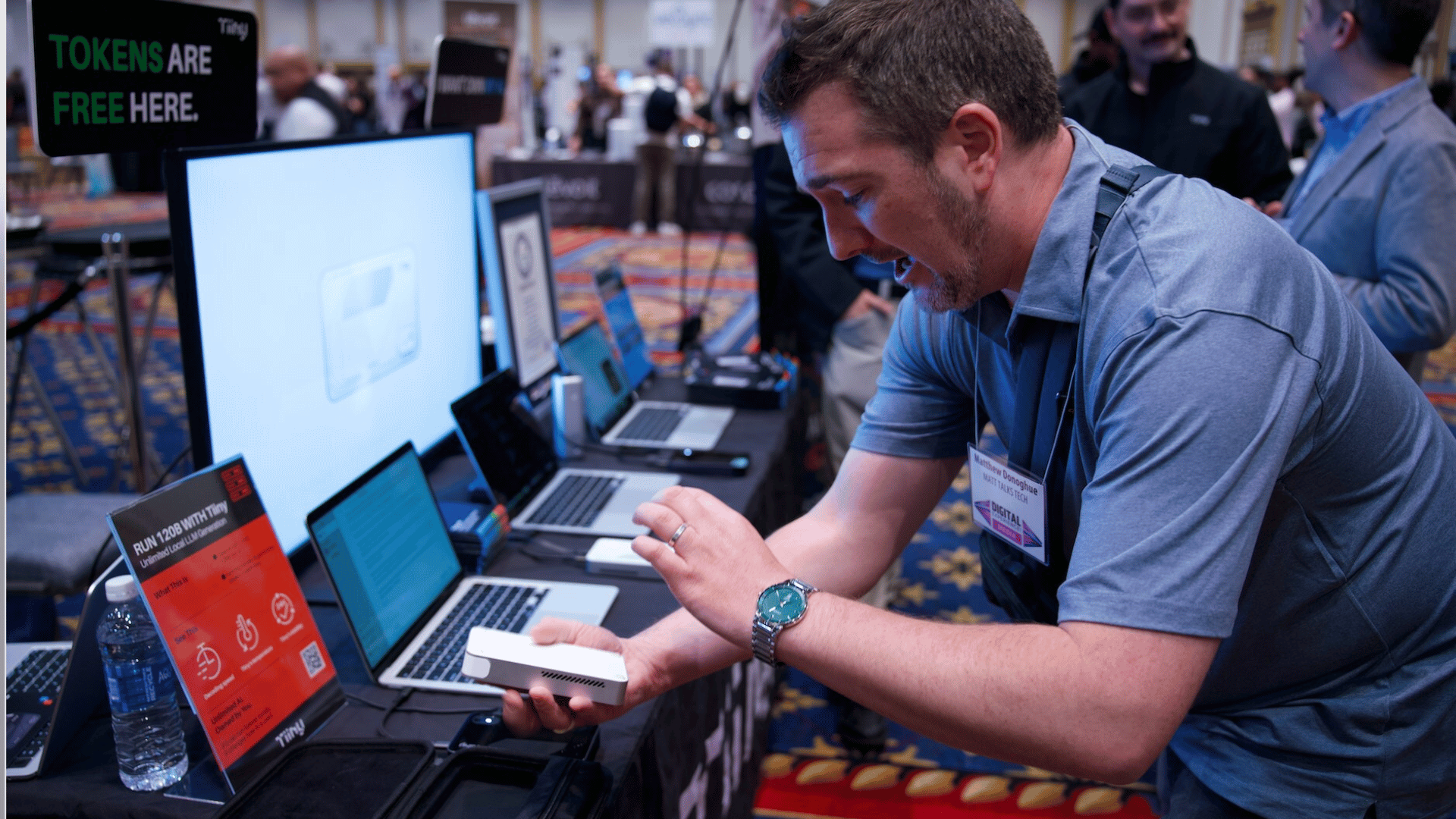The MLB officially made its decision on the Automated Ball-Strike Challenge System. Starting in 2026, the ABS System will be implemented league-wide. However, it will be a middle ground between full “robot umpires” and traditional umpires.
Instead of the ABS System calling every pitch, there will be an ABS Challenge System. A traditional human umpire will continue to make every call live. However, each team will be able to challenge a limited number of pitches, and the umpire will use the technology to take another look at the ball or strike call.
Technology Meets Tradition

Behind the ABS Challenge System is Hawk-Eye technology, the same technology used in the NFL, Tennis, and soccer VAR challenges. For the MLB, Hawk-Eye monitors the exact location of each pitch relative to the batter’s personalized strike zone.
The ABS Challenge System runs on a 5G private network from T-Mobile.
When a pitch is challenged, the Hawk-Eye view is almost instantly transmitted over the 5G private network. The umpire can then quickly confirm or overturn the call. As a result, critical pitch decisions from an umpire will no longer be unchangeable in big moments.
One important factor is the number of times players can challenge, which is only two times per game. Decision-makers say it is the perfect mix of technology and tradition.
“It’s a powerful example of how we’re using our technology to help MLB innovate, while preserving the character of the game we love,” said Mike Katz, president of marketing, strategy, and products at T-Mobile.
The ABS Challenge System
Some fans may wonder why the MLB didn’t fully implement the ABS System, or “robot umps,” instead of partially using it. According to the MLB, the MiLB’s (Minor League Baseball) testing revealed that players and fans had a “clear preference” for the Challenge System instead of the full ABS System. MLB officials say the full automation led to undesirable changes, including more walks, causing games to “drag on.”
Furthermore, the league explained that full automation would eliminate an important skill for catchers called pitch framing. This skill involves subtle hand movements from catchers to make pitches appear more like strikes than balls. It’s an important skill that players generally don’t support losing.
MLB officials consider the Challenge System a middle ground and a way to ensure accuracy on high-leverage calls without dramatically altering the sport.
How the ABS Challenge System is Measured
The strike zone is an important factor in balls and strikes. According to the MLB, this is how the system measures the strike zone:
“Like the plate, it is 17 inches wide. The top end of the zone is at 53.5% of the player’s height, while the bottom is at 27% of the player’s height. The depth of the zone is 8.5 inches from both the front and back of the plate to its center.”







